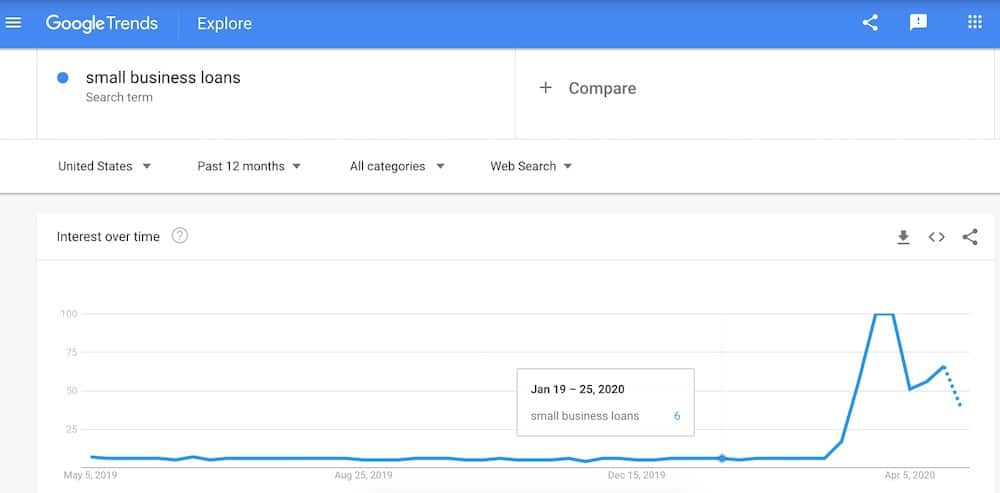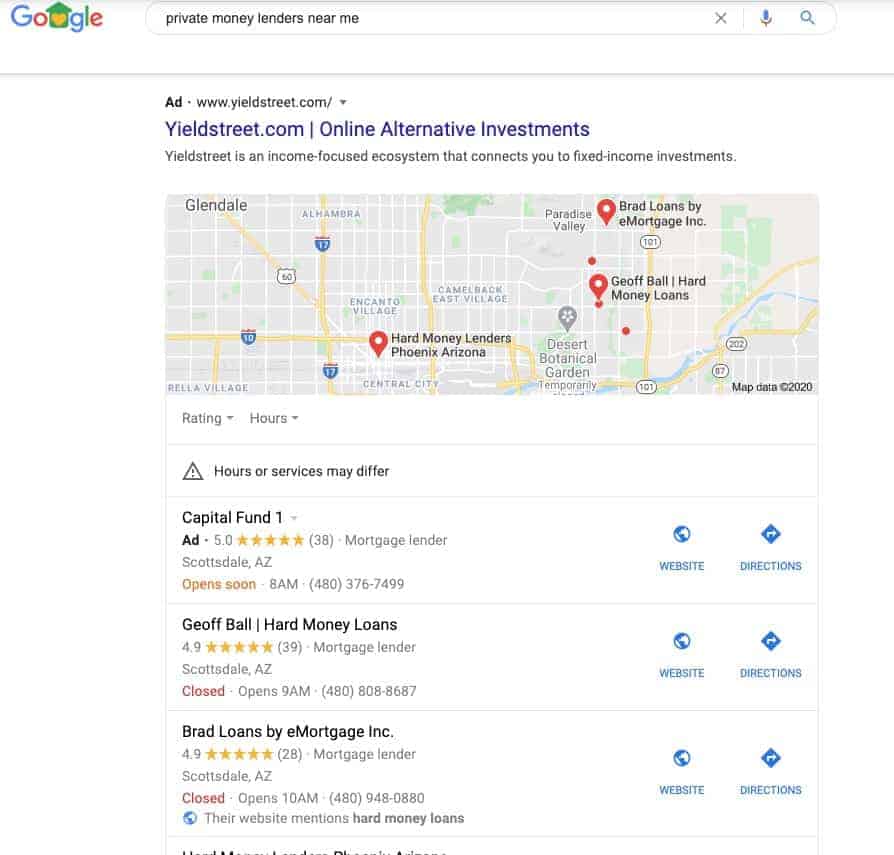
All of the biggest financial companies in the world spend millions of dollars annually on marketing content creation. J.P Morgan Chase even has a ten-person newsroom pushing out content to educate their customers and draw in new ones.
On top of that, 72% of digital marketers describe content creation as their most effective SEO tactic.
The most effective cornerstone of content creation is blogging. You can repurpose blog content to post on social media, share in your email marketing campaign, and rework as collateral for a sales team. Blogs are the easiest way to get quality, informative content out to your target audience.
Still, you can’t just write about any financial services blog topic you want and see results. You need to have a strategy in place to engage visitors—and turn them into clients.
Blogging is an essential part of any successful financial services marketing strategy. In particular, search engine optimization (SEO) requires a consistent, quality content marketing push to see optimal results. Search engine optimization may sound confusing, but the concept is rather simple. It’s how to get your website to the top of search engine results pages (SERPs). That improves your organic website traffic. The fact is some 93% of all web traffic comes through search engines. On top of that, Google accounts for 76% of all desktop search traffic and over 86% of all mobile search traffic. If your financial business wants to secure its fair share of that traffic, you’re going to need SEO content marketing. And that means it’s time to start optimizing a blog. Content marketing needs to be strategic. That involves an in-depth SEO strategy, keyword and industry research, competitor analysis, and much more. At the heart of a strategy is the content itself. We’ve put together five financial services blog topics that have shown results for both our clients and well-known industry players. Comparison blogs are great tools for financial services companies. They provide valuable information for potential clients and drive organic traffic to your website. The perfect example of this comes from ValuePenguin, a subsidiary of LendingTree whose sole purpose is education and blogging. That’s right, LendingTree believes in the value of informative content and blogging so much, they built out another business dedicated entirely to it. Here’s an example of one of the company’s comparison articles. For some industries, trend blogs just don’t work all that well. Thankfully, that’s not the case for financial services companies. The world of financial services is ever-changing, and that makes financial services blogs about industry trends very valuable. Here’s an example of an industry trends piece from PWC, that according to the SEO tool Ahrefs, ranks for over 750 keywords and gets hundreds of organic hits per month. FAQs are a great blog topic idea. By providing a quality, educational answer to a FAQ, you can position your business as an authority and convert website traffic to clients. Here’s an example blog from Chase Bank that, according to the SEO tool Ahrefs, receives thousands of organic hits monthly. This blog serves its target audience so well that it’s no wonder it has received so much organic traffic. Actionable guides and how-tos are probably the most common type of financial services blog. The finance industry can be confusing, and customers or clients will often need guidance. These blogs are the perfect opportunity to provide them with just that. Also, by creating content around specific areas of specialty for your financial services firm, you can target an audience that is more likely to convert into customers. These actionable guides and how-to articles are also often some of the most viewed blog content for financial services companies. Take this article from Discover titled “Learn How to Get the Right Credit Card” as an example. Case studies and success stories are another great blog topic. They not only help illustrate company successes and fill out the blog, but they also provide great material for your sales and marketing teams. Here’s an example post from one of our financial clients, Avana Capital, that illustrates one of their lending success stories in Houston, TX. Since then, they have filled their blog with success stories that help illustrate the good their company has done, build brand awareness, and engage customers. One of the best things about search engine optimization is that search engines are on your side. They reward your site for producing quality, helpful content that satisfies what searchers are looking for. That’s why Google provides so many free SEO tools to help businesses. Google Trends is one of the best examples. Google Trends provides data on how frequently search terms are entered into Google over time. On top of that, Google Trends offers related queries and topics to help further build out your content strategy. Another great way to find financial services blog topics is through Google Suggest. When you type in a keyword on Google, you’ll probably notice that your search term is autocompleted with commonly searched terms. These can help you build out your blog topics. Whether you’re attempting to improve your current content marketing strategy or start one from scratch, it’s always good to keep in mind some best practices if you want to see results. If you want to learn more about keywords, check out this article on keyword research tips to find ways to boost your customer engagement. According to data from SmartInsights, blog content is getting longer every year. And that means it takes more time to create. Time most financial services companies just don’t have. If you’ve decided content marketing is worth a shot, but you just don’t have time to take advantage of the blog topics above, maybe it’s time to consider calling in the experts. A knowledgeable digital marketing company can help you start a blog, and then take things even further with search engine optimization. Try our free SEO audit to get started, or you can always contact us for more information. Markitors is an internet marketing agency with a focus on SEO. We help small businesses rank higher on Google to draw more leads to websites and increase revenue. Explore what’s in our SEO toolbox: audits and keyword research, digital PR, technical SEO, and local SEO.
Why is blogging important for financial services companies?
✍️ Financial services blog topic ideas to engage customers
1. Comparison blogs
 According to the SEO tool Ahrefs, this post ranks on Google’s first ten pages for over 800 organic keywords and receives thousands of organic views monthly.
According to the SEO tool Ahrefs, this post ranks on Google’s first ten pages for over 800 organic keywords and receives thousands of organic views monthly.2. Industry trends

3. FAQs
 You can imagine the question, “How do I avoid ‘chargebacks’?” is probably one of the most common small business credit card questions a business might ask.
You can imagine the question, “How do I avoid ‘chargebacks’?” is probably one of the most common small business credit card questions a business might ask.4. Actionable guides and how-tos
 This may be one of the most valuable articles listed here. In fact, this article comes up for over 2,000 distinct search queries and has received an incredible 3,000 or more monthly organic views since 2017. At times, the piece even saw organic traffic of over 10,000 views per month.
This may be one of the most valuable articles listed here. In fact, this article comes up for over 2,000 distinct search queries and has received an incredible 3,000 or more monthly organic views since 2017. At times, the piece even saw organic traffic of over 10,000 views per month.5. Case studies and success stories
 And it’s not just our small business clients who utilize this strategy. Last year, Tala, a private lending platform that gives out loans as low as $20, received $110 million in financing.
And it’s not just our small business clients who utilize this strategy. Last year, Tala, a private lending platform that gives out loans as low as $20, received $110 million in financing.

Brainstorming tip: Finding financial services blog topics using Google Trends
 Using Trends, you can target keywords that are trending, which will help to increase your website’s organic traffic drastically.
Using Trends, you can target keywords that are trending, which will help to increase your website’s organic traffic drastically. ️ Brainstorming tip: Finding financial services blog topics Google Suggest and People Also Ask
️ Brainstorming tip: Finding financial services blog topics Google Suggest and People Also Ask Then, by scrolling down the page after a common industry keyword search, you’ll find what’s called the “People also ask” section. The section gives commonly asked questions whose answers are perfect blog topics.
Then, by scrolling down the page after a common industry keyword search, you’ll find what’s called the “People also ask” section. The section gives commonly asked questions whose answers are perfect blog topics. Best practices for using financial blogs as a marketing tool
Best practices for using financial blogs as a marketing tool
⏱️ Need to build a blog, but don’t have the time?








